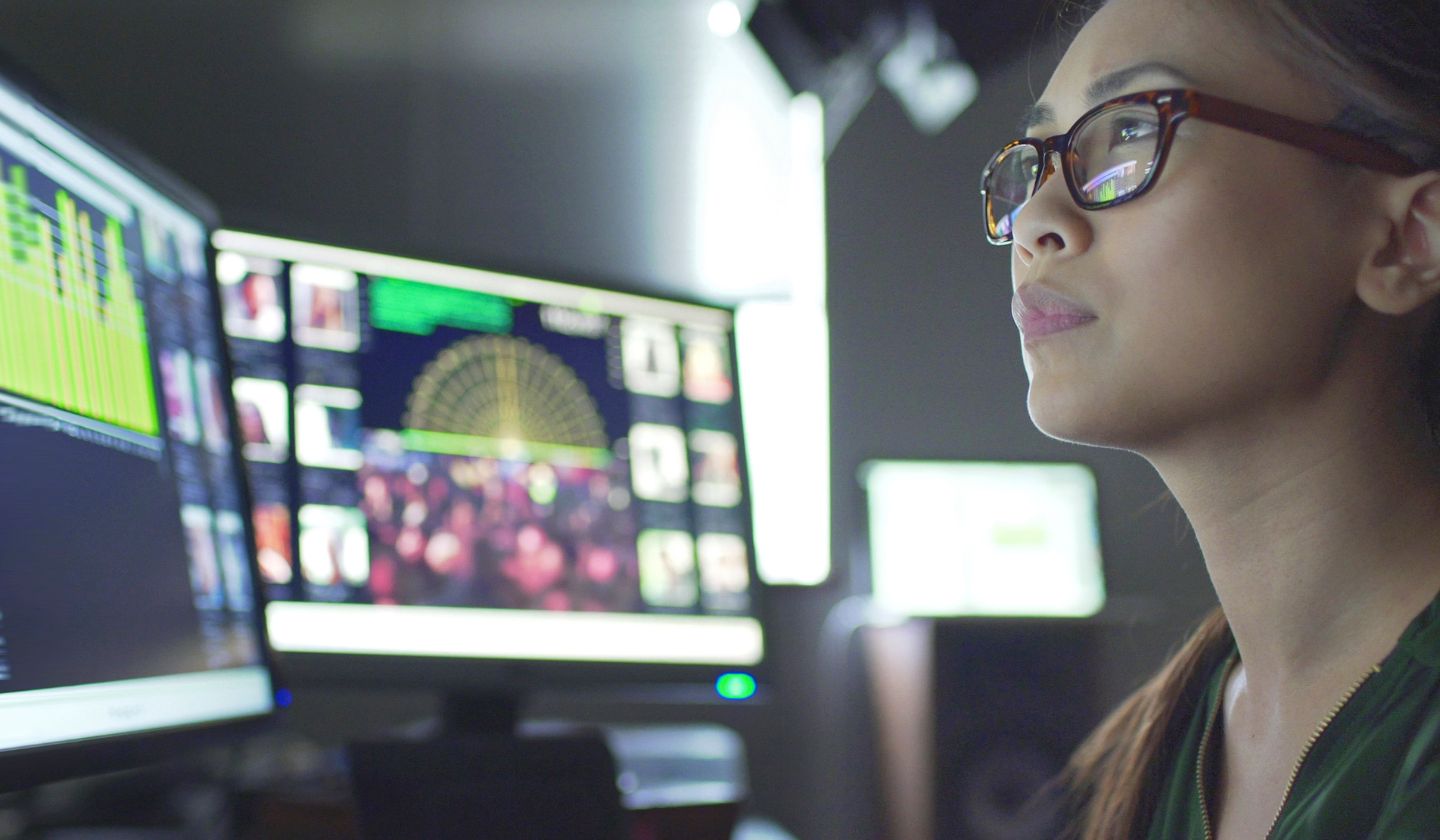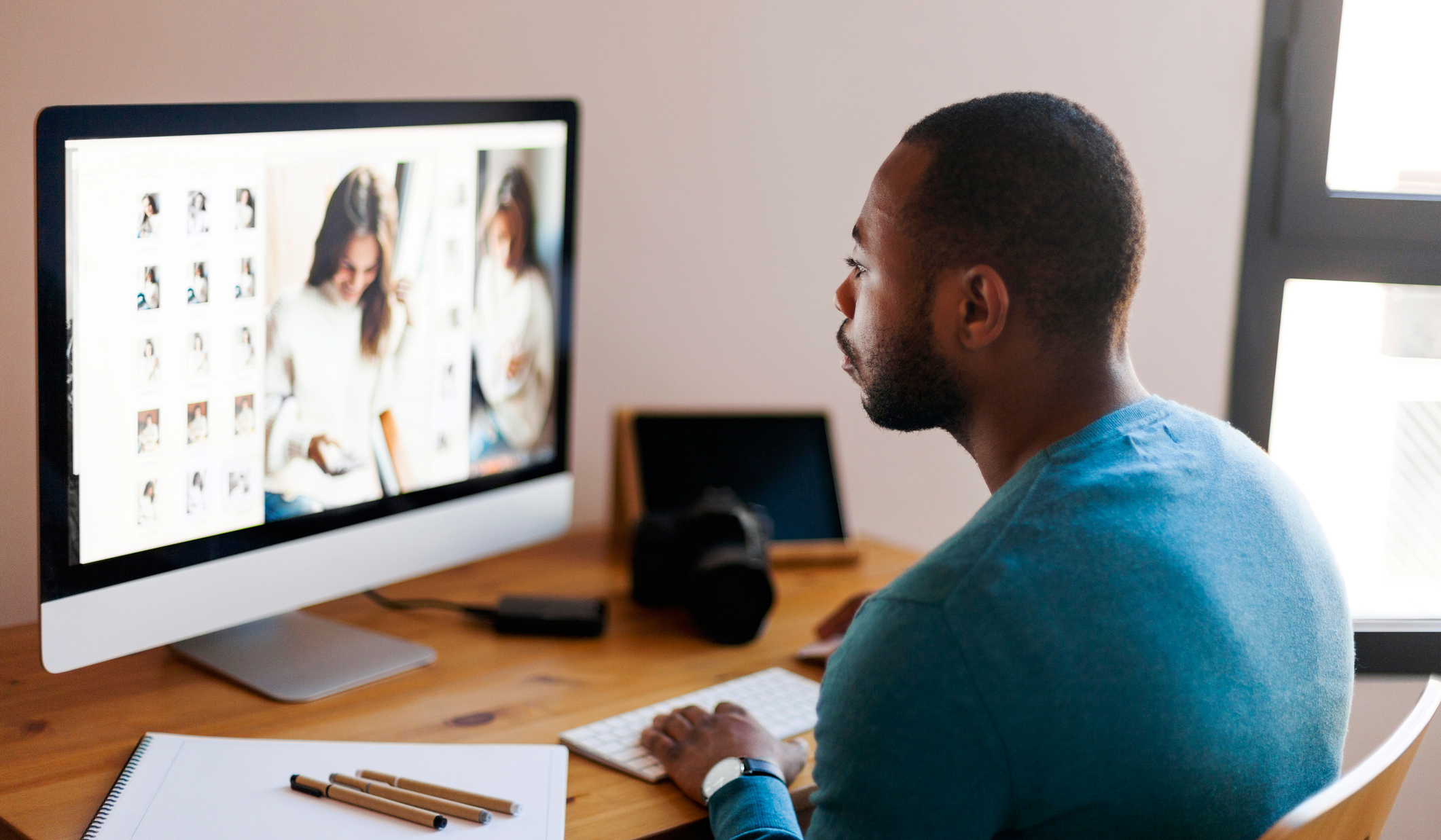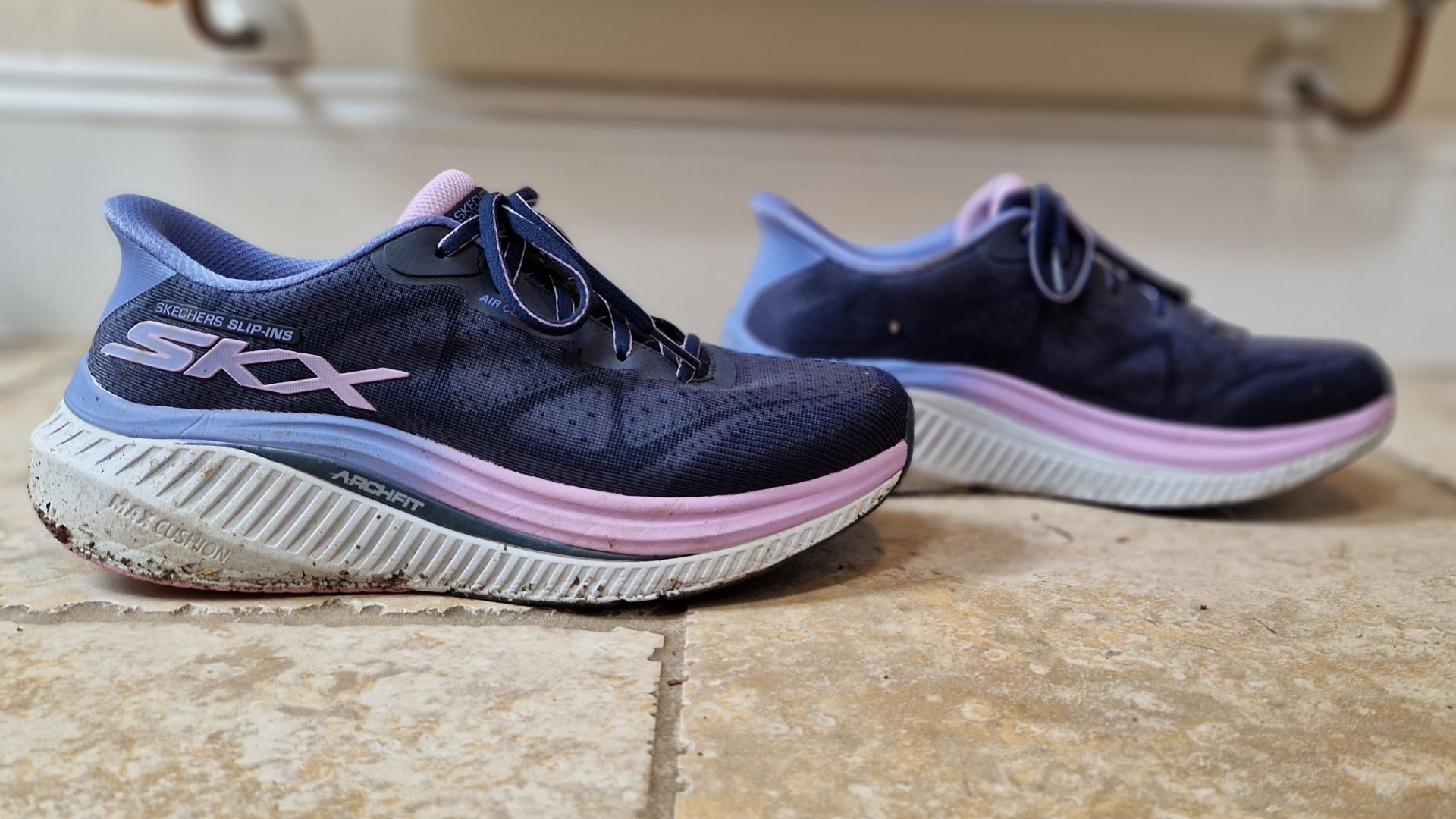How to look after your eyes when using your phone and computer all day
In Europe, people spend an average of nine hours looking at screens. Here's how to save your eye health


How much time do you spend looking at screens all day? The answer, especially if you work an office job, is probably a lot – more than you might expect. A study by eye health specialists Lenstore found people in Europe look at screens for around 9.3 hours every day, whether that's on your computer, your phone, your TV, or several different devices at once.
That's an enormous amount of our waking hours spent consumed by our devices. But what's this doing to our eyes?
This Harvard University report tells us too much screen time can lead to a phenomenon called computer vision syndrome, which is described as an umbrella term for visual problems stemming from lots of blue light.
"It's most prevalent with computers, and typically occurs when looking at a screen at arm's length or closer," says Dr. Matthew Gardiner, a Harvard-affiliated ophthalmologist, in the report.

"When you look at a screen, you're so involved that you forget to blink. The blink rate goes from 15 times a minute to five or seven times per minute... But you need to blink to re-establish the tear film on the eyes — a thin layer of liquid that protects the surface of the eye. If you don't blink enough, your eyes dry out, causing blurry vision and discomfort."
Overuse of screens on a daily basis can cause headaches, eye strain, blurred vision and fatigue. This is especially prevalent with screens like mobile or cellphones, as they tend to be held a bit closer to our eyes than TV and computer screens.
Lenstore has also provided some handy tips on looking after your eyes:
Get the Fit&Well Newsletter
Start your week with achievable workout ideas, health tips and wellbeing advice in your inbox.
- Locate the computer between 40 and 76 centimeters (16 to 30 inches) from your eyes.
- Ensure the top of the computer is level with, or slightly below, your eyes. Craning your neck all the time? You might need one of our best posture correctors.
- Make sure the screen is tilted away from you at a 10-to-20-degree angle.
- Check that there are no distracting reflections on the screen, such as from a window.
- Adjust the font size on your screen so it's easy to read.
- Use document holders for reading or reference materials. Place them close to the screen at the same distance from your eyes. This will enable your eyes to remain focused as they move between the screen and the documents.
- Use a character size that is easy to see. Character size is an important factor since it determines the distance at which you view the monitor.
Make sure you're sitting on one of our best office chair entries, and get outside for regular walks or runs, so you're focusing your eyes away from the screen and onto natural environments. Bonus points if you're doing it in nature, as this helps reduce the production of cortisol stimulated by pinging emails and notifications.
To get the most out of running outdoors during your screen breaks, you'll need some of our best running shoes for men or best running shoes for women.
Matt Evans is an experienced health and fitness journalist and is currently Fitness and Wellbeing Editor at TechRadar, covering all things exercise and nutrition on Fit&Well's tech-focused sister site. Matt originally discovered exercise through martial arts: he holds a black belt in Karate and remains a keen runner, gym-goer, and infrequent yogi. His top fitness tip? Stretch.
-
 I have bunions, but I can't feel them with these affordable Skechers walking shoes—now 22% off at Zappos
I have bunions, but I can't feel them with these affordable Skechers walking shoes—now 22% off at ZapposDeal A generous toe box makes the Skechers Max Cushioning Arch Fit Areena perfect for wide feet
By Lou Mudge
-
 Can't do a sit-up? A trainer says you should do these chair-based core exercises instead
Can't do a sit-up? A trainer says you should do these chair-based core exercises insteadNo sit-ups or planks
By Jennifer Rizzuto